The Liberals are to be congratulated for opening-up the discussion of nuclear power as an option for Australia.
Following encouraging references to nuclear power in early 2023, Liberal Leader Peter Dutton said in July that ‘Australia must consider new nuclear technologies as part of the energy mix’ (address to the Institute of Public Affairs, July 7).
The issue has been promoted further this month by Ted O’Brien, Shadow Minister for Climate Change and Energy.
Nuclear power is emerging as the centre piece of Liberal energy policy in the lead-up to the next Federal election (to be held by mid-2025).
But nuclear power alone does not make for a comprehensive set of energy policies
First, the Liberals have to stop turning a blind eye to coal.
In this July address, Mr Dutton did not discuss the future of coal at all, as if coal disappears once nuclear power is in place.
In his article in The Australian on August 9, Mr O’Brien sees nuclear power as replacing coal-fired power, arguing that ‘swapping retired coal plants for nuclear makes sense because they’re like-for-like replacements’.
But this process will take decades: the total capacity of coal-fired plants in Australia is over 20,000 megawatts, while the capacity of new-technology nuclear plants (‘small modular reactors’) is typically 300-400 megawatts.
This means that 50-60 of these plants will be needed to replace all coal-fired plants. And the first such nuclear plant will not be placed in Australia until the mid-2030s at the earliest.
In short, if we want reliable, low-cost power, nuclear power will not replace coal-fired power for some time, but will rather grow in conjunction with it.
Second, is nuclear power best seen as a replacement for renewables, not coal?
In this context, the Liberals have to make up their minds on renewables.
In his IPA address, Mr Dutton was critical of renewables, saying that Labor’’s ‘renewable zealotry is putting our nation at risk’.
By contrast, Mr O’Brien contends that ‘small modular reactors complement renewables by ramping up and down to power the grid when the wind isn’t blowing and the sun isn’t shining’.
Mr O’Brien’s view raises the question: why have nuclear power backing up renewables, when nuclear power is reliable and emissions-free power by itself?
In other words, why have renewables at all, expect perhaps in locations where grid power is unavailable?
Mr Chris Bowen, Minister for Climate Change and Energy, would respond that wind and solar power are much cheaper than nuclear power.
This is questionable. Since the year 2000, the share of renewables in electricity generation has grown from close to zero to 25 per cent today.
In the same period, electricity prices have increased three-and-a-half times, double the increase in all prices. (Source: Australian Bureau of Statistics, Consumer Price Index, July 2023.)
Reasons for this include the high cost of transmission lines with renewables and the high cost of backing renewables up.
Mr Bowen also has to address a recent estimate that, moving to Net Zero emissions (the government’s aim), with almost complete reliance on renewables for electricity generation, would cost $7,000-9,000 billion. This is a staggering amount, requiring that Australia be put on a financial war footing. (Source, Net Zero Australia, July 2023 report.)
Relying on nuclear power rather than renewables would require only small change in comparison.
Third, is the target of Net Zero greenhouse-gas emissions (whether via nuclear power or renewables) worth striving for?
Yes, in the view of those (such as Labor) arguing that emissions not only contribute to global warming, but are the main driver of such warming.
But there are important dissenting views, summed up by US scientist, Judith Curry as follows: ‘The climate system is way more complex than just something that you can tune with a carbon-dioxide control knob.’
Just as the Liberals want to open up discussion of nuclear power, so should they open up discussion of climate science, for example, by holding public forums around the country on the issue.
In doing this, they can argue that completely overturning our current energy system is unwarranted if there are significant uncertainties in the science.
What should the Liberals do in formulating a comprehensive set of energy policies? Here are three further steps:
- Stop ignoring coal, recognising that it will be with us for some time.
- Work out which way to go on renewables, recognising their serious limitations.
- Open-up public discussion of climate science, lifting the lid on an issue typically not discussed.
In this way, coupled with their promotion of nuclear power, the Liberals have a chance of developing a winning approach on energy.
Brian Wawn is a director of Energy Bureau, which is committed to promoting discussion of Australian energy and related climate policies.
Got something to add? Join the discussion and comment below.
Get 10 issues for just $10
Subscribe to The Spectator Australia today for the next 10 magazine issues, plus full online access, for just $10.

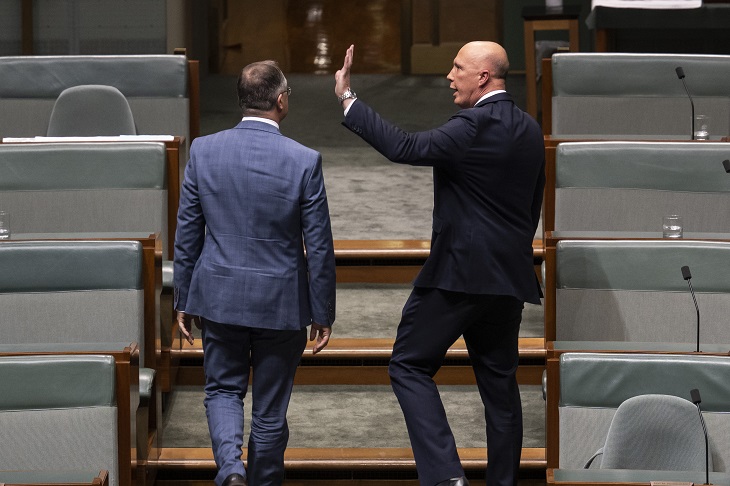
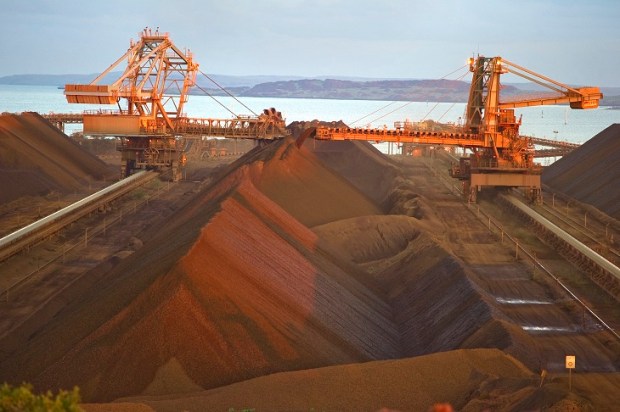
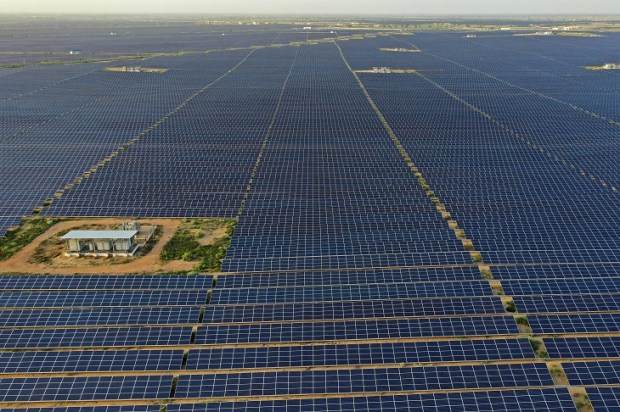
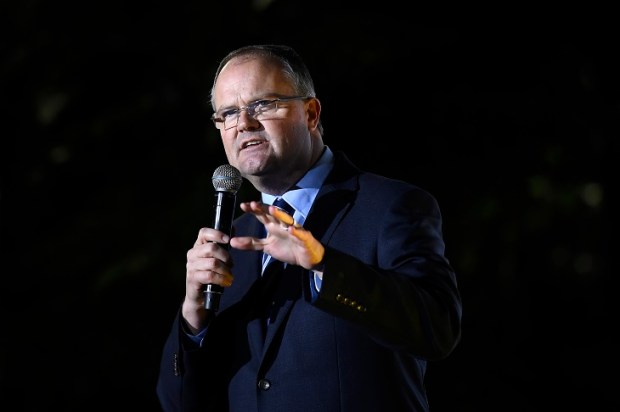
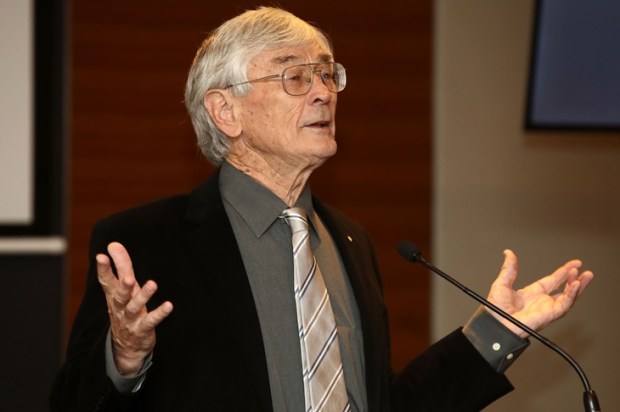









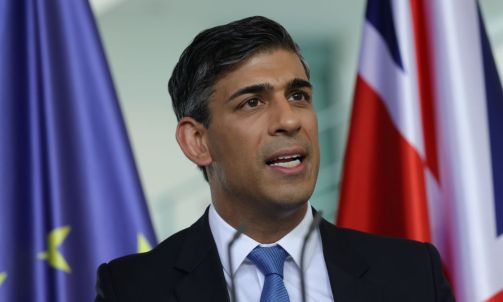
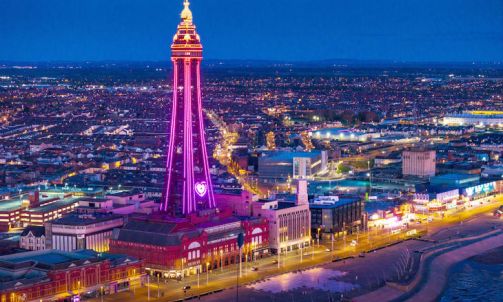


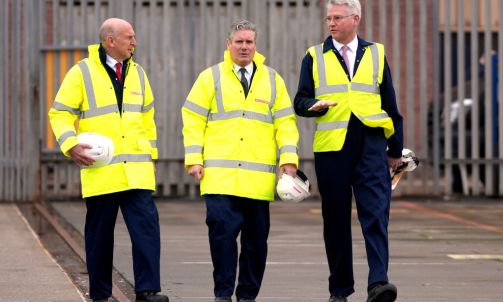






Comments
Don't miss out
Join the conversation with other Spectator Australia readers. Subscribe to leave a comment.
SUBSCRIBEAlready a subscriber? Log in